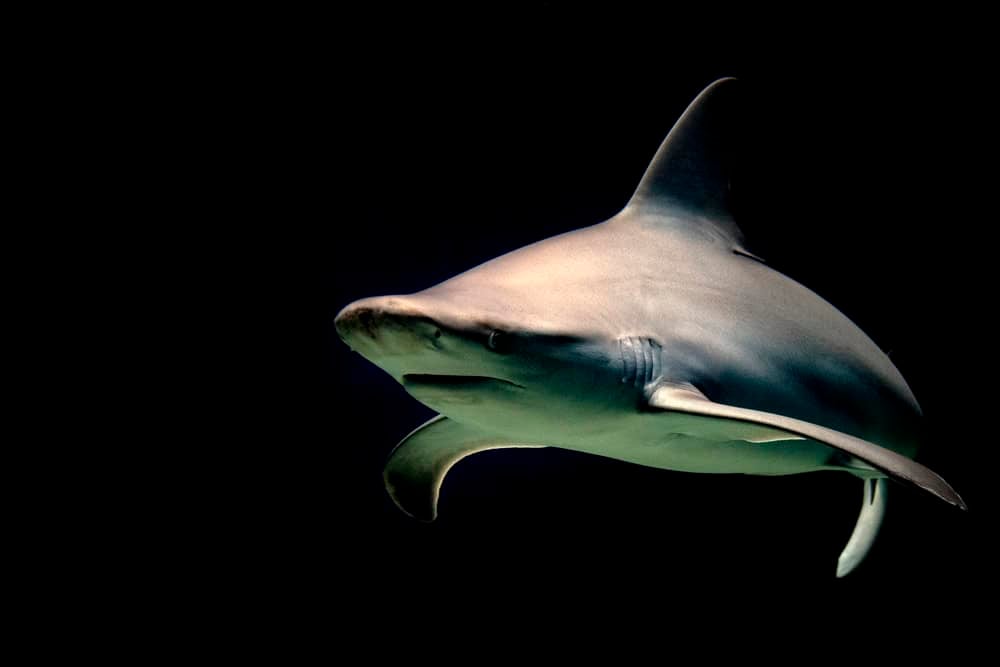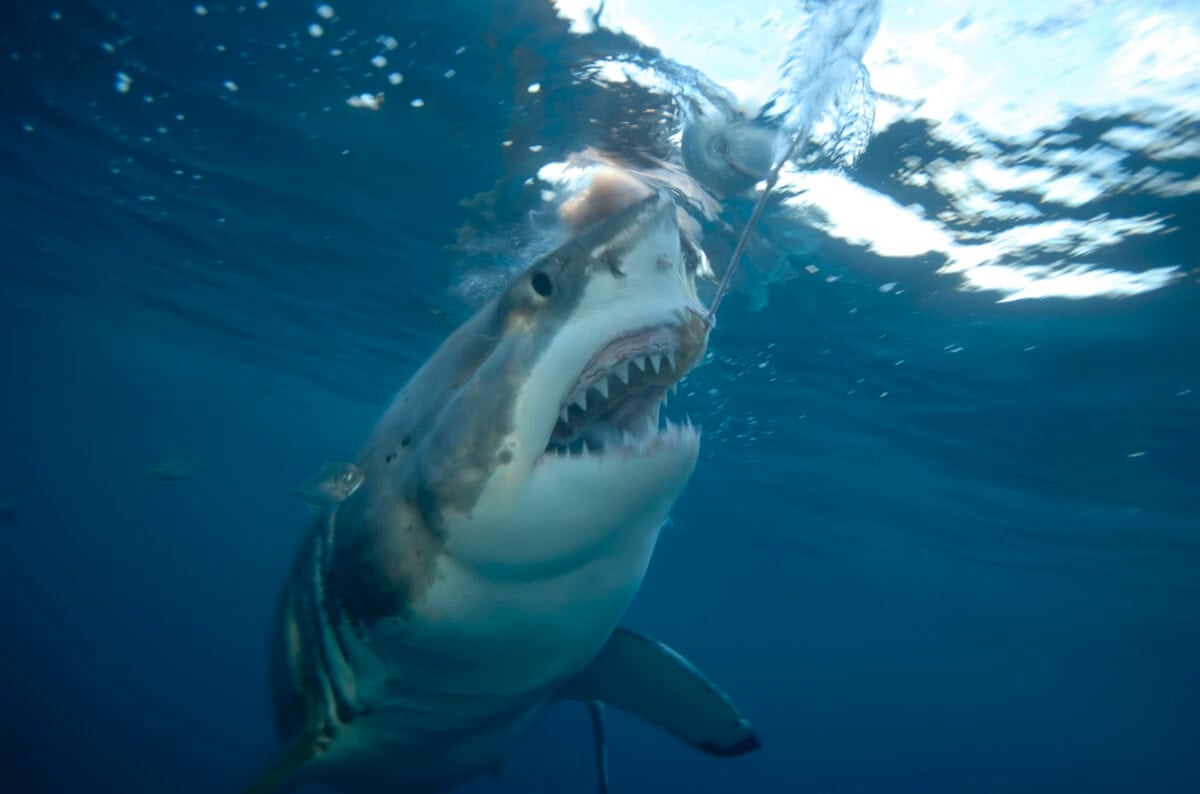When we think of sharks, it’s often the formidable great white slicing through sunlit surf or the hammerhead cruising tropical reefs that come to mind. Yet, the world of sharks is far more diverse, extending into the darkest depths of our oceans. These regions, largely unseen by human eyes, are home to some of the most mysterious and intriguing shark species. Beneath the waters of the United States, several species of deep-dwelling sharks carve out an existence in the deep sea’s perpetual night. This article delves into the enigmatic lives of these secretive creatures, exploring their habits, adaptations, and the fascinating roles they play in marine ecosystems.
The Enigmatic World of Deep-Sea Sharks

The deep sea, characterized by extreme pressure, low temperatures, and complete darkness, is a habitat where only the most uniquely adapted organisms can survive. Sharks residing in these depths have evolved captivating adaptations to thrive in such a challenging environment, making them a subject of scientific curiosity and amazement.
Species Spotlight The Greenland Shark

The Greenland shark (Somniosus microcephalus) holds the title as one of the world’s largest deep-sea predators. Known for its astounding longevity, potentially living up to 400 years, it is a resident of the cold, deep waters of the North Atlantic, including those off the northern US coast. These sharks have sluggish metabolisms and slow growth rates, contributing to their incredible lifespan.
The Elusive Goblin Shark

Ghostly and rarely witnessed, the goblin shark (Mitsukurina owstoni) is a deep-sea oddity with distinct physical characteristics. Its elongated, flattened snout and protrusible jaws make it a unique and fascinating predator of the abyss. It is primarily found in deep waters along the continental slopes, including parts of the US east coast.
The Mysterious Frilled Shark

The frilled shark (Chlamydoselachus anguineus), often referred to as a “living fossil,” maintains an appearance reminiscent of ancient shark species. With a long, eel-like body and rows of needle-like teeth, it is built for life in the deep. This species lurks at substantial depths off the Atlantic coast of the United States, as well as in other deep ocean regions around the globe.
Adaptations to Dark Ocean Depths

Deep-sea sharks exhibit a range of fascinating adaptations for surviving in their extreme environment. Many possess specialized senses, such as heightened sensitivity to electrical fields and enhanced olfactory capabilities, to detect prey in the dark. Additionally, their bodies are often less dense, allowing them to conserve energy in the nutrient-scarce abyss.
Feeding Strategies in the Deep

Deep-dwelling sharks have developed unique feeding strategies to make the most of the limited resources available in their environment. Many are opportunistic feeders, scavenging carcasses that drift from the surface, while others have adapted to capturing unsuspecting prey with lightning-fast strikes and specialized jaw structures.
The Role of Deep-Sea Sharks in Marine Ecosystems

Despite their elusive nature, deep-sea sharks play critical roles in maintaining the health of marine ecosystems. As both predators and scavengers, they help regulate prey populations and recycle nutrients within the ocean. Their presence influences the structure and dynamics of deep-sea communities, making them essential components of the marine food web.
Challenges and Threats

Deep-sea sharks face an array of threats, largely due to human activities. Deepwater fishing operations, habitat destruction, and bycatch pose significant dangers to their populations. The slow reproductive rates and long lifespans of these sharks mean that any population decline could have lasting impacts, making conservation efforts crucial.
Research and Exploration

Scientific research and exploration of deep-sea shark species have expanded our understanding of these elusive creatures. Advanced technologies, such as remotely operated vehicles (ROVs) and deep-sea submersibles, have allowed scientists to observe and study sharks in their natural habitats, shedding light on their biology and behavior.
The Importance of Conservation

Conservation measures are vital for ensuring the survival of deep-sea shark species. Protective regulations, sustainable fishing practices, and international cooperation are necessary to preserve these enigmatic creatures and maintain the health of ocean ecosystems. Greater awareness and understanding of deep-sea sharks can drive public support for their protection.
Public Fascination and Misunderstandings

Deep-sea sharks captivate public imagination with their mysterious natures and unique adaptations. However, there is still much misunderstanding about these creatures. Educating the public about their ecological importance and dispelling myths can foster a greater appreciation for deep-sea biodiversity.
Conclusion: The Hidden Wonders of the Deep

The deep-sea sharks beneath US waters remain among nature’s most concealed marvels. As we continue to explore and study these enigmatic predators, it is clear they are integral to ocean health and endure as remarkable examples of life’s resilience. Through focused conservation efforts and enhanced understanding, we can ensure that these deep-sea denizens continue to thrive in their hidden aquatic realms.
- The Deepest Dwelling Sharks That Lurk Beneath US Waters - August 10, 2025
- 10 Remote US Islands Where Nature Still Rules - August 10, 2025
- 12 Creatures That Understand Fairness and Justice - August 10, 2025

